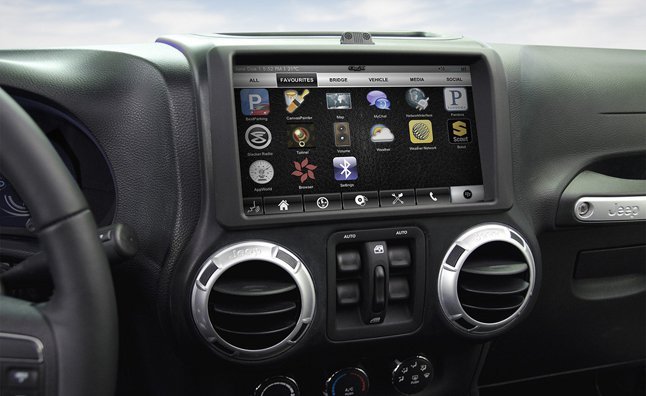While we take issue with the idea of equating poor connectivity performance to vehicle reliability, the bottom line here is that many automakers just aren't getting their infotainment system designs right, and owners are getting tired of it.
With mobile technology now ubiquitous, infotainment systems are becoming one of the most fundamental points of contact with the vehicle. And while the emotional connection with automobiles might be on the wane for many, how our cars interact with external technology (and us) is becoming an increasingly higher priority.
Yet nearly a decade since the first iPhone hit the market, many automakers are still coming up short in terms of mobile integration, and many new systems still struggle with tasks as simple as consistent Bluetooth pairing. That's to say nothing of the interfaces themselves, which are often an amalgamation of different pieces of software and thus lack continuity, which often results in needlessly complex menu trees and difficult-to-access features.
In 2016 there's simply no excuse for slow infotainment performance. It's not as though the technology doesn't exist – five-year-old smart phones react quicker than many "new" infotainment systems, and that can make using them a chore, even when they're functioning properly and you know exactly how to perform the task at hand. Automakers are also often one of the last technology-related sectors to embrace new standards, which has the effect of making brand-new systems feel dated right out of the box. Granted, these systems are generally designed years before hitting the market, allowing time for them to be built into upcoming models and tested in all of the harsh environments a car can visit, but there has to be a better and quicker way to bring new features to the car.
Apple CarPlay and Android Auto represent a significant step in the right direction, taking some of the heavy lifting off the back of the manufacturer and providing an interface tailored for in-car operation. The consistency from device to dashboard is welcome, but both systems limit the functionality of associated mobile devices such that the driver is still occasionally tempted to pick up the phone to directly tap and swipe to an app or feature, thereby negating some of the safety benefit. They're also not yet well integrated with the rest of the car in most implementations, with only a handful of automakers even going as far as showing audio information on any display beside the big central screen.
There are alternatives like Mirrorlink, which several automakers have adopted and allows you to cast what's showing on your mobile device to the car's infotainment screen, providing less distracting ease of access. But with CarPlay and Android Auto gaining traction in the marketplace, there's little incentive for the dominant mobile device makers to support a third-party solution like this.
Perhaps a solution is for automakers and device makers to collaborate on an open standard. Providing a framework that can be used across the automotive industry to integrate different platform-independent solutions could go a long way toward removing the automaker's potentially outdated hardware from the equation, and that should really be the end goal. If Google and Apple do end up building their own cars, it will be interesting to see how each approaches hardware upgradability on the cycle of car ownership as opposed to the two years or so we keep a smartphone. Like CarPlay and Android Auto, a fix for the hardware side is most likely to come from outside the established automotive industry, so we may just have to wait and see what the tech world comes up with.
Related News



